Video: In the garden…September 3, 2014: Sweet Potato Starts for Everyone!
Anyone need any sweet potato starts? I have more than I know what to do with. Perhaps give some to the neighbors. Check out my collection of gardening essays, Continue Reading
Come and join me in my garden!
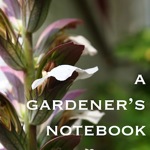
Anyone need any sweet potato starts? I have more than I know what to do with. Perhaps give some to the neighbors. Check out my collection of gardening essays, Continue Reading
Patio-Perfect Berry Bushes Like You’ve Never Seen via Houzz Landscape by Lowell Garden & Landscape Supplies Fall Creek Farm & Nursery, Inc. I have fond memories of my granddad’s Continue Reading

10 Easy Pieces: Garden Clogs and Ankle Boots by Erin Boyle via Gardenista Given the choice, I’d go barefoot. It doesn’t matter if it’s sand between my toes or fresh Continue Reading
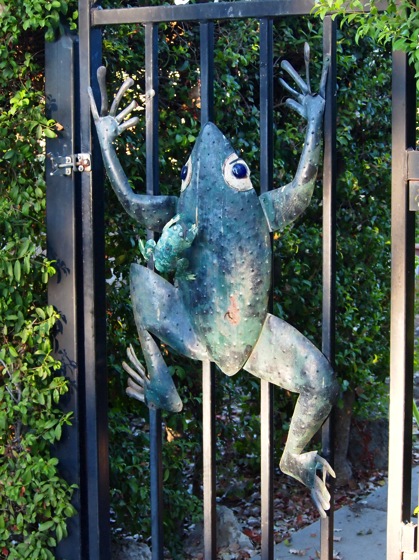
Sheet Metal Frog on Garden Gate A great piece of garden decor from right here in my own neighborhood. I was walking down a street I don’t normally travel on Continue Reading
Great Design Plant: Japanese Painted Fern Weaves a Garden Tapestry via Houzz Spaces by Topsfield Landscape Architects & Landscape Designers Andrew Keys So much of the woodland garden is Continue Reading
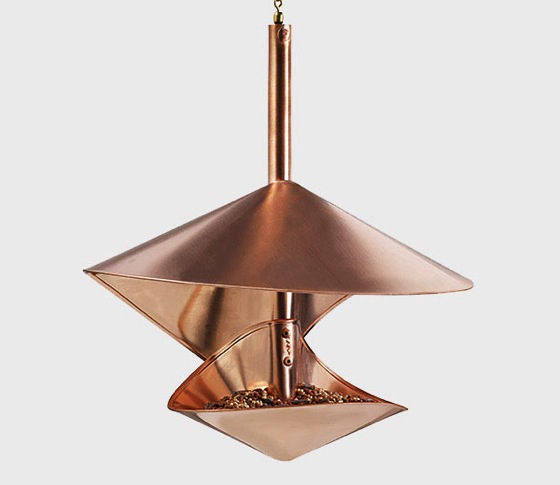
Vogeli Bird Feeder By Vasse And Peg Vaught via Design Milk Made from 16 oz. solid copper, the Vogeli Bird Feeders will last a lifetime, slowly aging to a natural Continue Reading
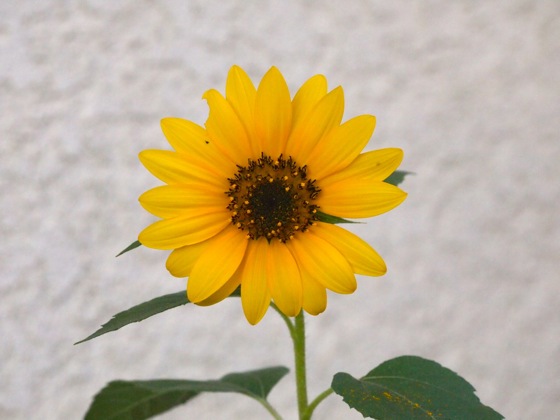
Sunflower (Helianthus) These small sunflowers are growing in a whiskey barrel outside the kitchen window. They don’t get quite enough sun there, which is a chronic problem on my garden, Continue Reading
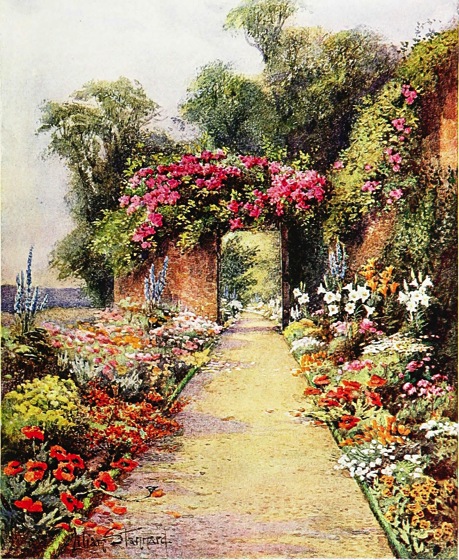
Back into the garden past with this edition of Garden History. The Internet Archive recently added over 14 million new images to the Flickr Commons. These pictures, photos and graphics Continue Reading

“Any considered urban gardening plan involves the transformation of vacant lots into small parks and gardens instead of yet another apartment complex. While the “pocket park” idea has been around Continue Reading
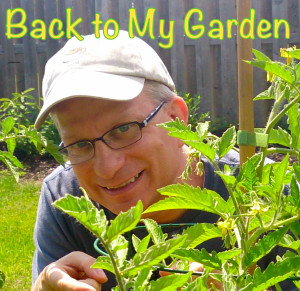
I recorded this podcast with Dave Ledoux from the “Back to my Garden” podcast a few weeks ago. Check out more great gardening info on the Back to my Garden web Continue Reading